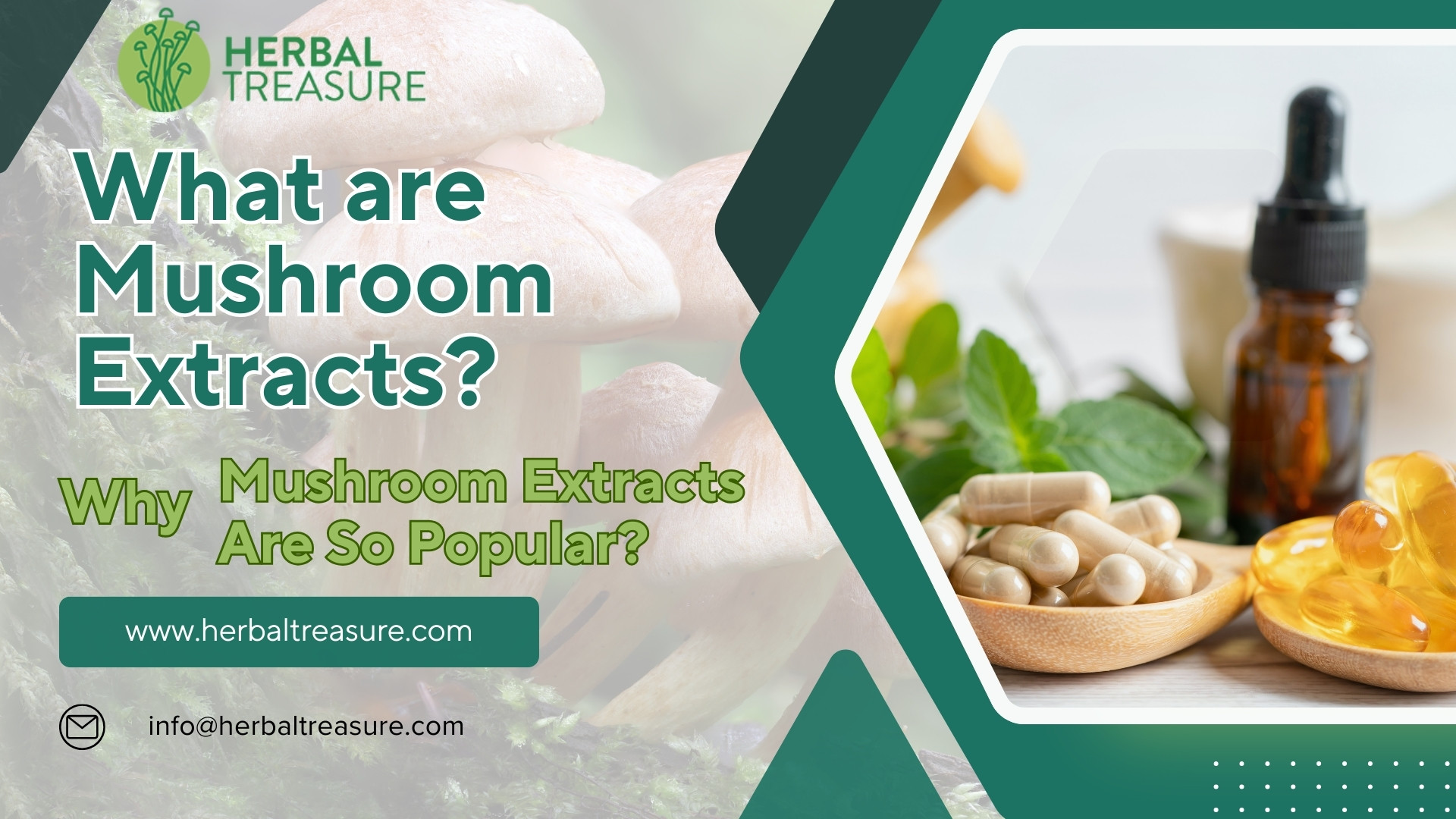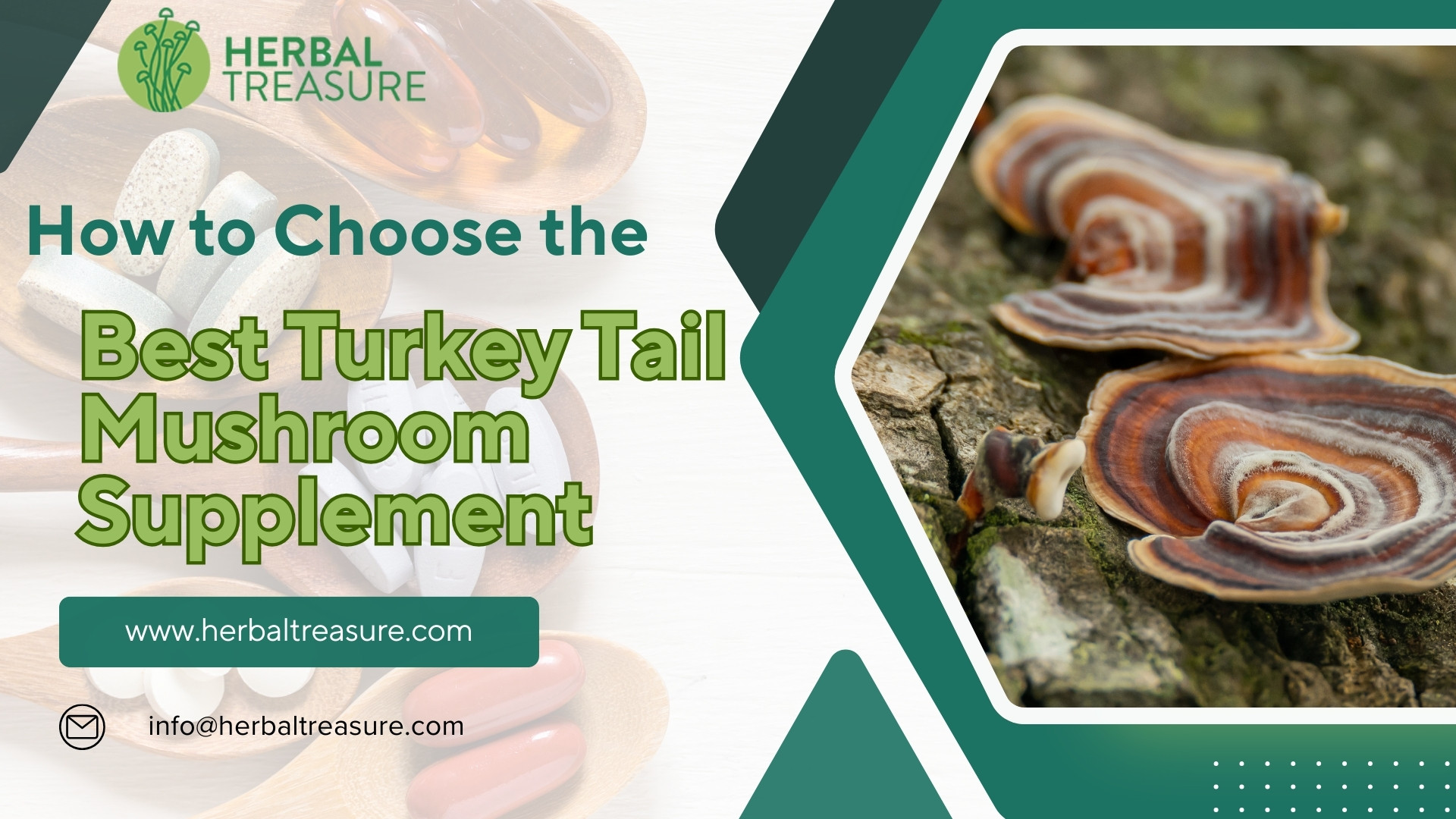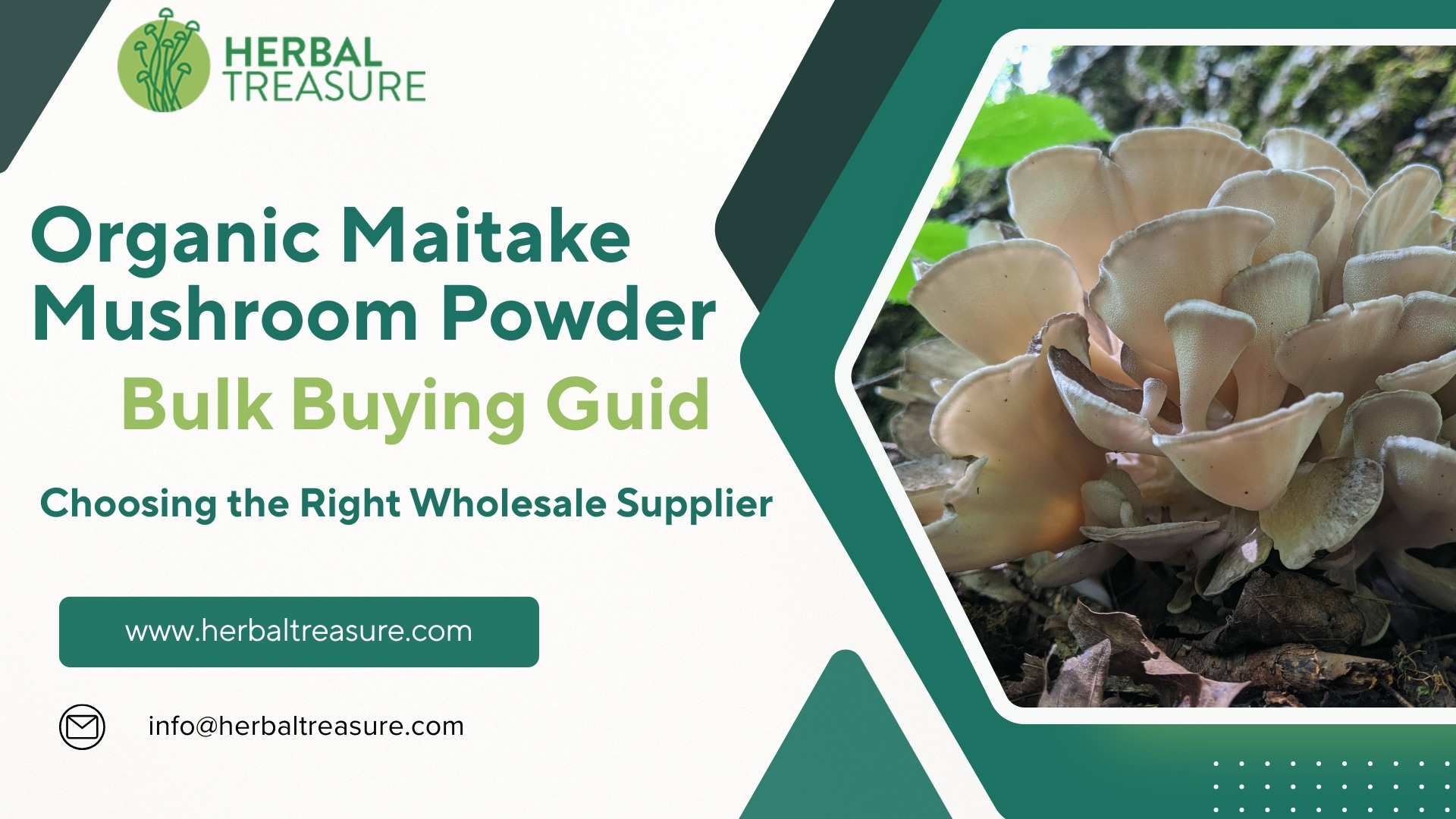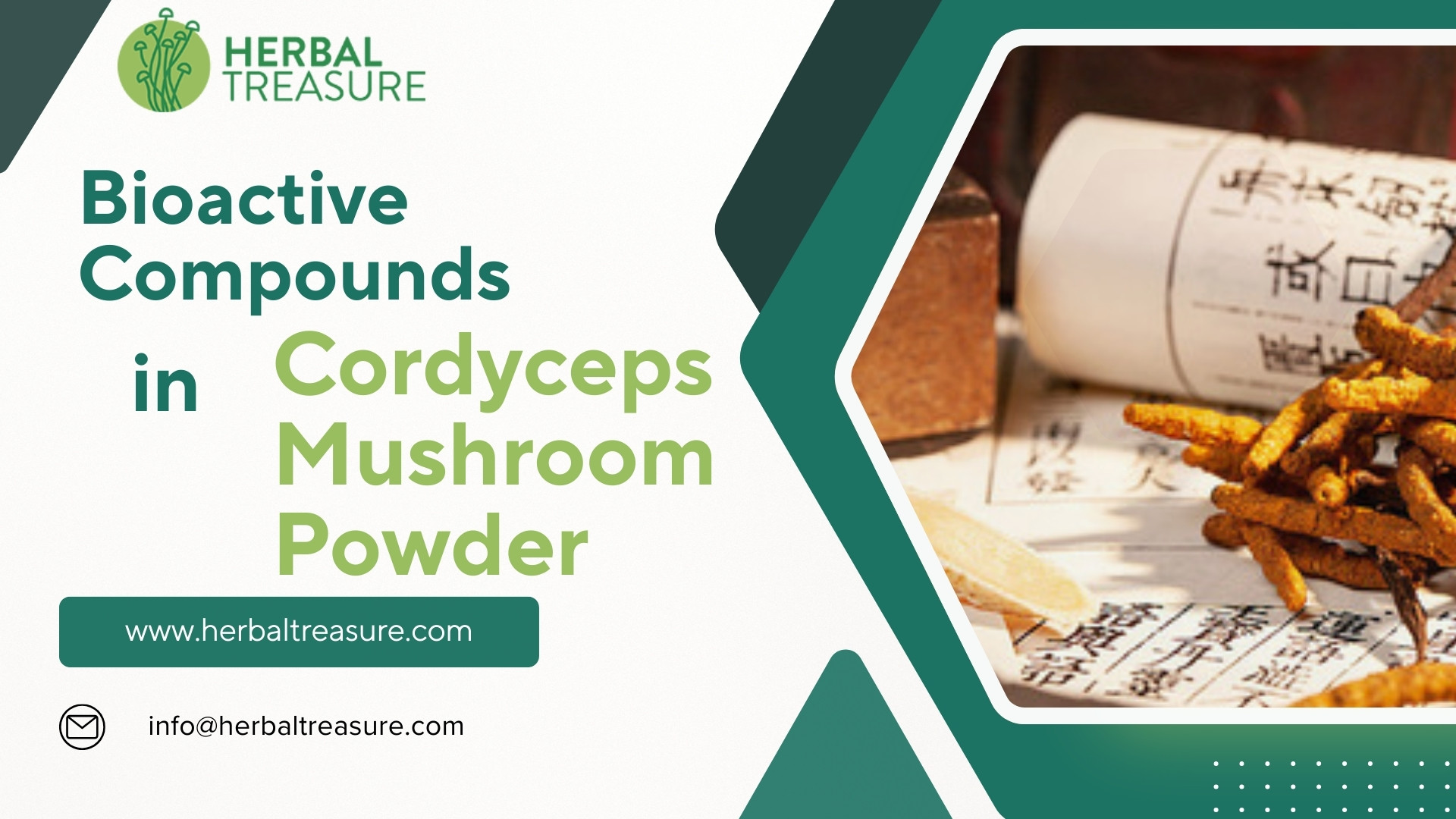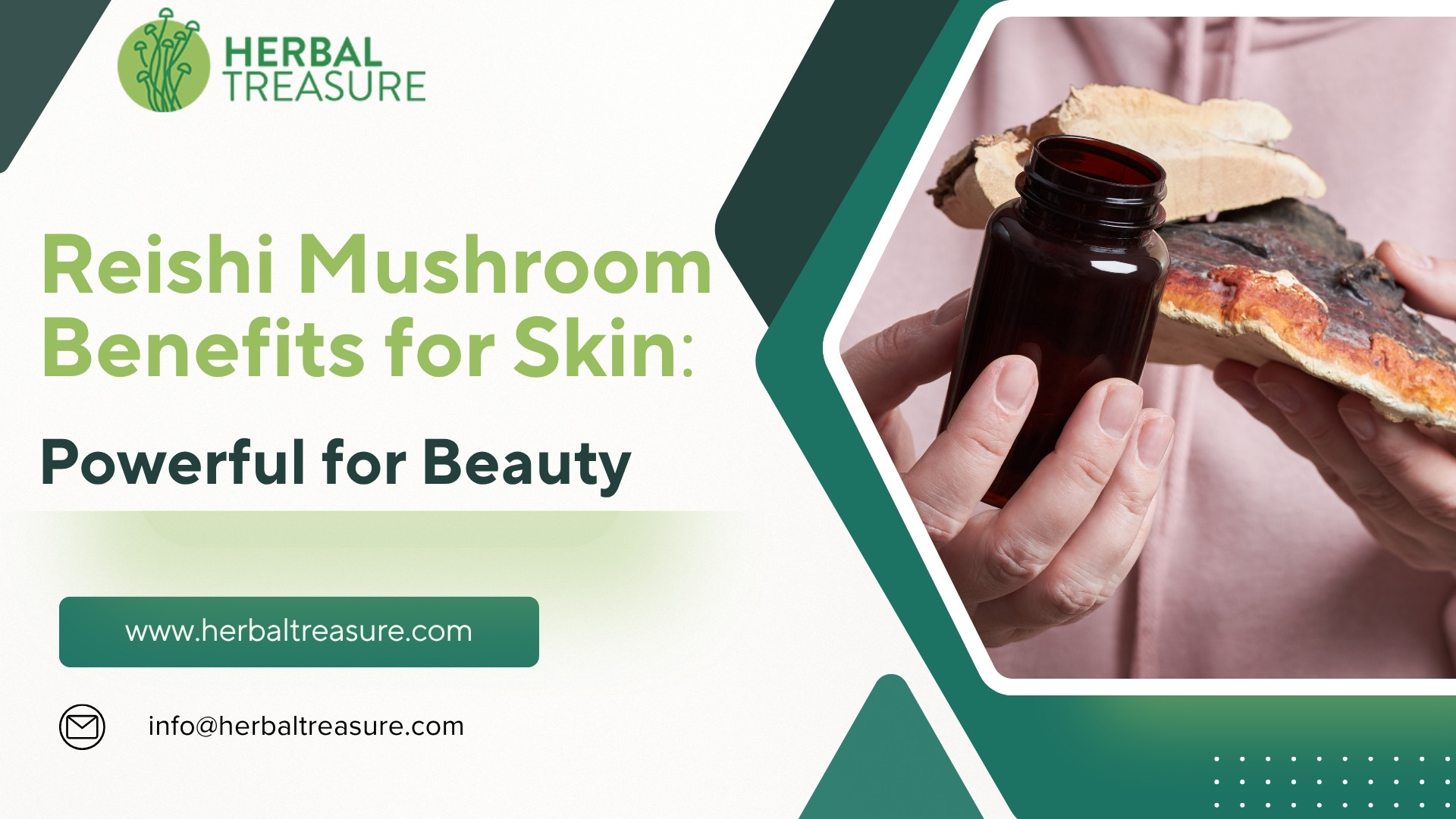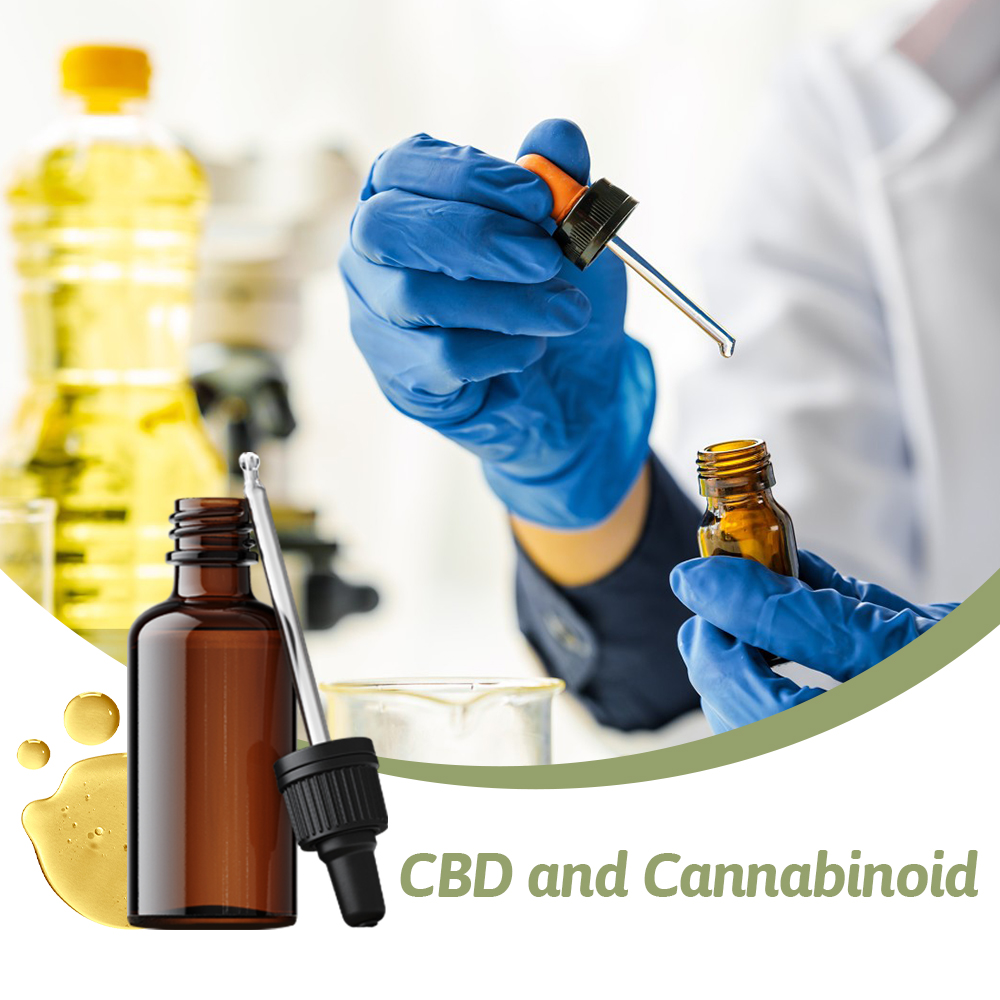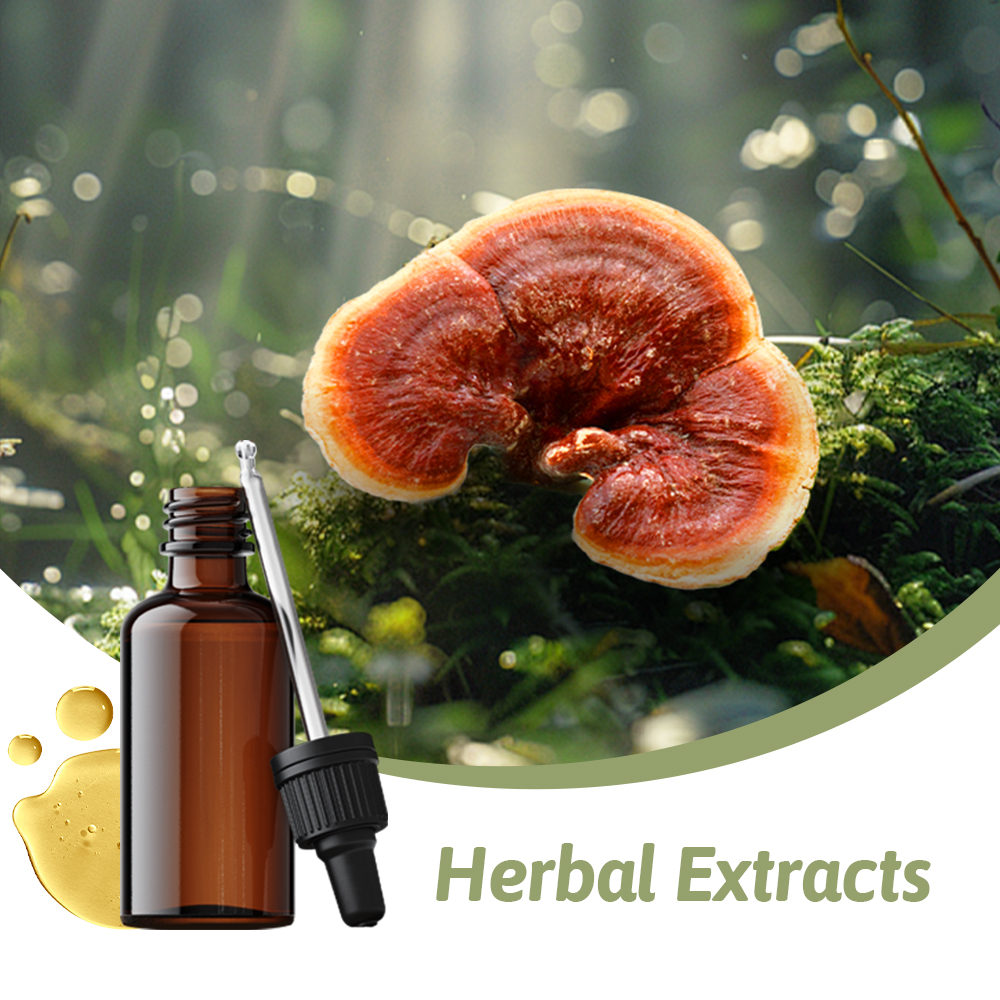In the competitive landscape of nutraceuticals and functional foods, sourcing ingredients with verifiable efficacy is paramount. Cordyceps mushroom powder has distinguished itself as a high-value raw material, not due to passing trends, but because of its rich profile of scientifically validated bioactive compounds. For personal brands, formulators, and product developers, understanding these components is crucial for creating products that deliver on their promises.
This technical guide provides a detailed analysis of the active ingredients in Cordyceps, offering the actionable insights necessary to leverage this potent fungus in your product lines.

Understanding Cordyceps and Its Commercial Significance
Cordyceps is a genus of fungi with a long history in Traditional Chinese Medicine, prized for enhancing vitality and resilience. These parasitic fungi naturally grow on insect larvae in high-altitude regions and are known for their distinctive bioactive profile, including nucleosides, polysaccharides, peptides, and sterols. Traditionally used to support lung function, energy, and immune defense, Cordyceps has evolved into a modern functional ingredient backed by both ethnobotanical use and emerging clinical research.
Today, commercial cultivation focuses primarily on Cordyceps militaris and Cordyceps sinensis, species renowned for their high concentration of medicinal mushroom compounds. C. militaris, in particular, is favored for its stable cultivation and rich cordycepin content, while C. sinensis remains valuable for its traditional prestige and diverse phytochemical spectrum.
Cordyceps mushroom powder derived from these mushrooms is a versatile ingredient. Its application extends from dietary supplements and performance tonics to advanced cosmeceuticals. The value proposition lies in its scientifically substantiated health benefits, driven by the unique synergy of its core components.
Bioactive Compounds in Cordyceps Mushroom Powder
A thorough evaluation of Cordyceps powder begins with its primary actives. The concentration and purity of these compounds directly impact the end product’s efficacy and market positioning.
Cordycepin Content Analysis
Cordycepin (3′-deoxyadenosine) stands as the hallmark compound of Cordyceps, setting it apart from other medicinal mushrooms. Its unique molecular structure allows it to exert powerful biological effects.
Consequently, a detailed cordycepin content analysis is the gold standard for determining the potency of a Cordyceps supply. Its documented anti-inflammatory, immunomodulatory, and anti-proliferative properties make it a cornerstone for premium formulations targeting cellular health and immune support.
Adenosine Health Benefits
Working in concert with cordycepin is adenosine, another critical nucleoside. The adenosine health benefits are extensive, contributing to cardiovascular regulation and cellular energy metabolism by playing a role in ATP production. For formulators, its presence enhances products aimed at improving energy, athletic performance, and recovery, offering a multi-faceted approach to vitality.
Beta-Glucan Properties
The beta-glucan properties of Cordyceps are central to its role as an immune-enhancing ingredient. These complex polysaccharides are renowned for their ability to activate key immune cells, such as macrophages and natural killer (NK) cells.
Unlike simpler compounds, the specific structure of Cordyceps beta-glucans determines their bioavailability and immunomodulating capacity, making them a vital component for any product targeting robust immune function.
Cordyceps Polysaccharide Function
Beyond just beta-glucans, the broader spectrum of Cordyceps polysaccharide function contributes significantly to its antioxidant capacity. These molecules help neutralize oxidative stress, a key factor in aging and chronic disease. Their ability to scavenge free radicals makes them indispensable for formulations in the anti-aging, wellness, and defensive health categories.
Ergosterol Antioxidant Effects
Ergosterol, a sterol found in the cell membranes of fungi, is another powerful bioactive. In the body, the ergosterol antioxidant effects help protect cells from lipid peroxidation and damage.
Furthermore, its derivative, ergosterol peroxide, has been noted in research for its ability to selectively target and induce apoptosis in abnormal cells, adding a compelling layer of therapeutic potential for advanced health supplements.
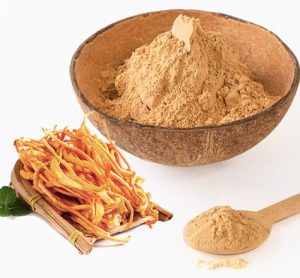
D-Mannitol (Cordycepic Acid): Diuretic and Metabolic Support
D-Mannitol, or cordycepic acid, is a natural sugar alcohol in Cordyceps known for its osmotic diuretic effect. It promotes renal filtration, supports fluid balance, and aids detoxification. Ideal for formulations focused on kidney health and metabolic support, D-mannitol enhances the functional value of Cordyceps-based products.
Carotenoids: Skin and Vision Support
Cordyceps provides carotenoids like lutein, zeaxanthin, and β-carotene, which support skin health and eye protection by filtering blue light and reducing UV damage. Their antioxidant action helps prevent age-related macular degeneration (AMD) and supports anti-aging and nutricosmetic applications.
Fatty Acids: Metabolic and Cardiovascular Support
Cordyceps contains key fatty acids such as linoleic acid (omega-6), oleic acid (omega-9), and palmitic acid, which support cell structure, inflammation balance, and heart health. Linoleic acid aids skin and hormone function, oleic acid improves cholesterol levels, and palmitic acid provides cellular energy. Together, they enhance Cordyceps’ role in metabolic and cardiovascular formulations.
Pharmacological and Functional Benefits for Product Development
For a formulator or product developer, understanding the individual compounds is only half the story. The true value lies in how these bioactives work together to produce tangible, marketable health benefits.
This synergy allows for the creation of targeted products that address specific consumer needs, from daily wellness to high-performance athletics. The synergy between these bioactives translates into a range of marketable, evidence-based benefits:
- Immune System Modulation:Polysaccharides and beta-glucans are key immune-boosting ingredients that support the body’s natural defenses.
- Enhanced Energy & Stamina:Adenosine’s role in ATP synthesis helps improve oxygen utilization and reduce fatigue, making it ideal for sports nutrition.
- Potent Antioxidant Activity:Carotenoids, ergosterol, and polysaccharides protect against cellular damage from free radicals.
- Cellular Health Support:Cordycepin and ergosterol derivatives show promise in supporting healthy cell cycles.
- Anti-Inflammatory Support:Cordycepin and adenosine help regulate the body’s inflammatory response pathways.
Conclusion
Cordyceps mushroom powder is far more than a traditional remedy; it is a scientifically validated functional ingredient powered by a complex of potent bioactive compounds. For the B2B buyer, understanding the roles of cordycepin, adenosine, beta-glucans, and other metabolites is the first step toward formulating innovative products that meet the demands of an educated consumer base.
To ensure your final product is both effective and competitive, sourcing premium-grade, standardized Cordyceps powder is essential. With Herbal Treasure as your supplier, you gain more than just raw material—you gain a partner offering customization, transparency, and verifiable bioactivity to support product excellence and brand growth.




